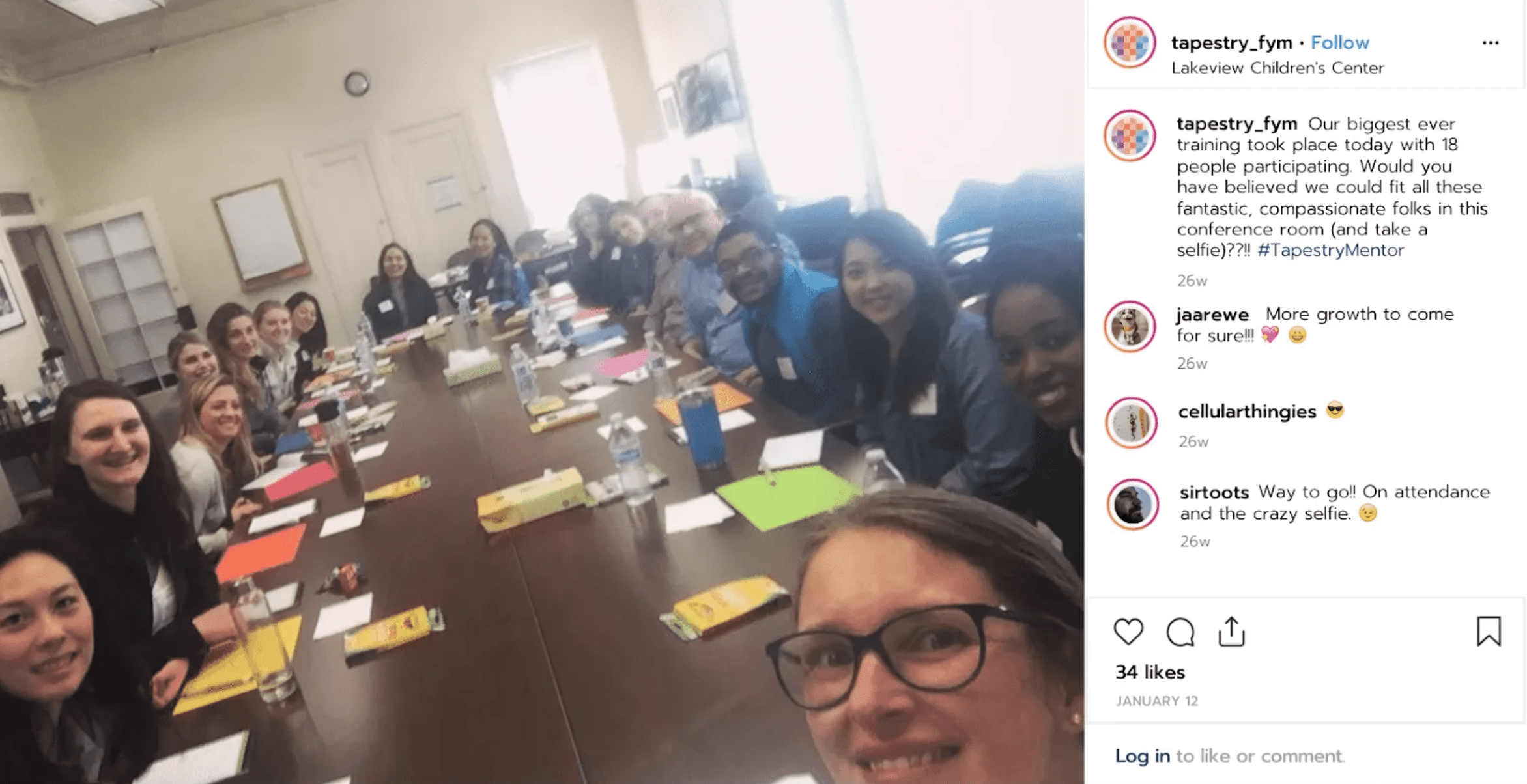 I’ve only sort of mentioned GENIUS (Global Evaluation of Nuclear Infrastructure Utilization Scenarios) in passing on this blog, but it’s a huge part of my life. I’m developing Version 2 of the code for my master’s degree work, which is supported by a fellowship from the Advanced Fuel Cycle Initiative/Global Nuclear Energy Partnership program. The “elevator talk” about my research work (at least the Gen X/Y version) is that we’re trying to build the nuclear fuel cycle version of SimCity. Once we get our “SimFuelCycle” up and running, we get to wreak havoc on it ala the SimCity 2000 monster. Except our monster manifests itself as uranium supply shortages and eroding political agreements.
I’ve only sort of mentioned GENIUS (Global Evaluation of Nuclear Infrastructure Utilization Scenarios) in passing on this blog, but it’s a huge part of my life. I’m developing Version 2 of the code for my master’s degree work, which is supported by a fellowship from the Advanced Fuel Cycle Initiative/Global Nuclear Energy Partnership program. The “elevator talk” about my research work (at least the Gen X/Y version) is that we’re trying to build the nuclear fuel cycle version of SimCity. Once we get our “SimFuelCycle” up and running, we get to wreak havoc on it ala the SimCity 2000 monster. Except our monster manifests itself as uranium supply shortages and eroding political agreements.
Anyway, in order to do non-proliferation analysis, we’ve set the ambitious goal of tracking the isotopic histories of each nuclear reactor fuel assembly in this fuel cycle systems analysis code (after an assembly is taken out of a reactor, its composition has changed substantially; we want to track this isotopic inventory for each assembly). Why is that an ambitious goal? Because each reactor contains hundreds of such assemblies, reactor cores are reloaded every eighteen months, and we want to simulate thousands of reactors and other fuel cycle facilities over the 1200-month simulation. That means we need to store a TON of data, and I’ve spent the week getting the code to periodically dump this information, which is stored in memory as the code works, to an SQLite database.
[Here comes the segue.]
When I troll through various news sources each morning, my similarly ambitious goal is that I’ll email myself the articles I find interesting and then comment on them on my blog each night. As you can see, that seldom happens, and eventually I lose all hope of commenting extensively on each story and just have to get rid of them. Thus, I’ve stored the topic history of my week’s news reading in my inbox’s memory. Without further ado…
CSC.dumpNewsHist(& inbox) /* Dumps all the news items from my inbox to standard output via CSCout. */
/*For you data structures-savvy folks, I usually treat my inbox like a stack rather than a queue, so my order here will be LIFO (last in, first out).*/
SOURCE | STORY | COMMENT
New York Times | “With Third Title, Sharapova Shows She’s Back” | What a boring match. Ivanovic only looked sharp for like a four-game stretch in the first set. She’ll be back though; the three young Serbs (Ivanovic, Jankovic, Djokovic) are too good to not start winning some slams.
New York Times | “Beating Federer, Djokovic Has Look of a Champion” | Case in point. I’ve always thought Tsonga’s been underachieving, but I don’t give him much of a chance tomorrow against the Djokster. Also, I’m kind of irked by Scott Van Pelt’s comments on yesterday’s Mike Tirico Show about what a snooze this final will be because of who’s playing. I love Federer’s game as much as the next guy, but Djokovic is really something special and I was glad to see him pull off the upset.
Science News | “Big Foot: Eco-footprints of rich dwarf poor nations’ debt” | More from the haves and have-nots front. Kind of makes you nauseous. No surprise, though.
Science News | “Mercury, As Never Seen Before: MESSENGER visits innermost planet” | Special delivery: sweet planet pics.
Chicago Tribune | “Scientists posited to create life” | “I didn’t know we could do that.“
USA Today | “S.E. drought could idle nuke plants” | I’m blown away by a spokesman from the N.C. Waste Awareness and Reduction Network being critical of nuclear power. How about you raise awareness to the fact that we don’t indiscriminately dump our waste into the air?
PHD Comics | “Your Research Interests” | Hilarious, although I’m lucky enough to actually share many of my advisor’s research interests.
New Scientist | “Origami spaceplane aims for space station descent” | How badass is this?
New York Times | “Los Angeles Editor Ousted After Resisting Job Cuts” | Sad, but I’m glad to hear he took a stand. Made me sort of yearn for my high school days of wanting to be a journalist.
Education Week | “Lawmakers kill bill requiring students to apply to college” | How this ever made it to becoming a bill is beyond me.
Kansas City Star (“that’s what I are“) | “Missouri, Kansas engineers studying bridges with gusset plates after Minnesota disaster” | Paging Henry Petroski: your next book has arrived.
That’s all I’ve got time for, so I guess the rest of those stories are gone forever.



